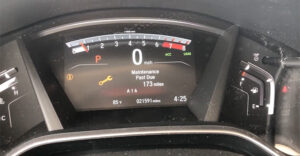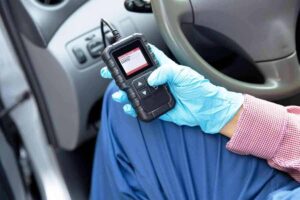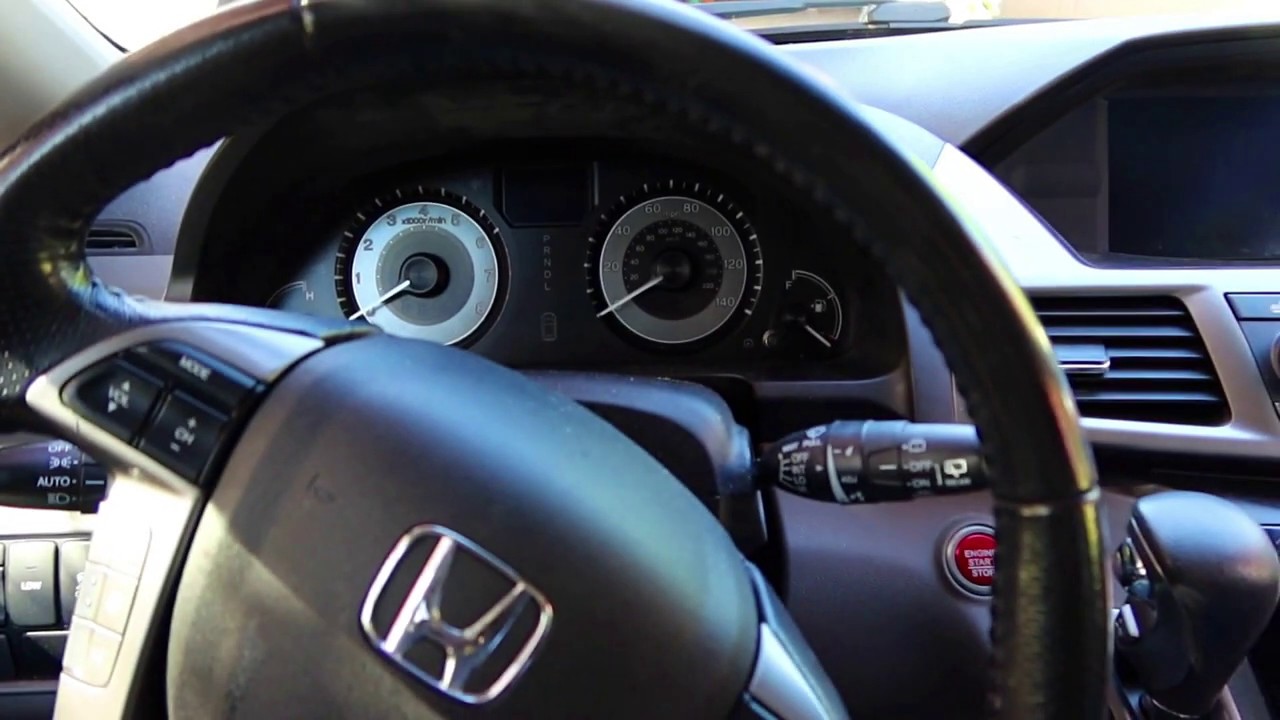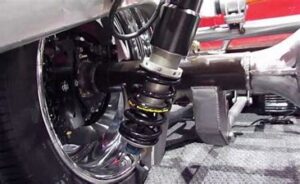For many drivers, the Honda Pilot A16 code might be like an enigmatic maze, raising questions and concerns about the health of their car. This code, which denotes a particular problem that requires attention, is comparable to a secret message from your car in the world of autos. Think of it as your car’s method of transmitting a digital distress signal, or S.O.S., to alert you to the need for additional investigation. The A16 code that appears on your Honda Pilot is more than just a makeshift string of characters and numbers.
This is a notification from the internal diagnostic system of the vehicle informing you of a possible malfunction with the airbag system. Deciphering this code is essential to solving the puzzle and guaranteeing the performance and safety of your car. We set out to demystify the Honda Pilot A16 code in this article. We will dissect its significance, investigate the common causes, and provide you with workable methods to deal with the problem. So fasten your seatbelts and join us as we untangle the complexities of this code, offering direction and clarity for a more comfortable journey ahead.
Table of Contents
Meaning Of The Honda Pilot A16 Code
The Honda Pilot A16 code is a message from the diagnostic system of your vehicle, indicating a problem with the airbag system. The “A” in this code indicates an airbag issue, while the “16” identifies a particular component of the airbag system that requires maintenance. This code serves as a signal, warning you of a possible issue that could impair the proper operation of your airbags. The most frequent causes are wiring faults, airbag control module malfunctions, faulty airbag sensors, and differences in sensor calibration. The A16 code may be triggered by a malfunctioning sensor that misinterprets signals.

Additionally, issues with wiring, such as broken or loose cables, might cause communication breakdowns in the airbag system. The A16 code can also occur from a malfunctioning airbag control module. The system may also signal the A16 code if calibration settings are altered or modified as a result of maintenance. Maintaining the safety and dependability of your Honda Pilot depends on taking immediate action to address these reasons through inspection, repairs, or replacements.
Reasons Behind The Honda Pilot A16 Error Code
It can be confusing to see the A16 code in your Honda Pilot. The car’s diagnostic system is communicating this code, which indicates certain problems. We will reveal the common reasons for this mysterious A16 code in simple words:
1. Airbag Sensor Problem:
A common cause of the A16 code is an airbag sensor that isn’t working properly. For the protection of passengers, these sensors are essential for identifying crashes and initiating airbag deployment. The A16 code may be generated by a malfunction that reduces the efficiency of your airbag system.

2. Problems With Wiring:
Trouble occasionally arises from the complex web of cables that connects different parts of your car. The airbag system’s loose or damaged wire may interfere with communication and cause the A16 code to be generated.
3. Airbag Module Problem:
Faults may arise in the airbag control module, which is in charge of managing the complete airbag system. The A16 code may then appear as a warning, signalling that the module needs to be fixed or replaced.
4. Sensor Adjustment:
Sensor calibration may be impacted by modifications to maintenance schedules or vehicle dynamics. The OBD system may interpret improper sensor calibration as a malfunction and generate the A16 code.

Therefore, by taking quick action to address these common reasons, you can keep your Honda Pilot operating efficiently and avoid more serious problems down the road. Maintaining your car’s functionality and finding quick fixes will reduce the likelihood of running into the enigmatic A16 code.
Solutions To Fix Honda Pilot A16 Code In Simple Words
Don’t freak out if your Honda Pilot is showing the A16 code. This code is the equivalent of your car telling you, “Hey, something needs attention.” Here are a few easy ways to avoid the trouble of the A16 code:
1. Examine The Sensors:
Examine the airbag sensors first. These tiny guys are essential to your security. Should one be misbehaving, the A16 code may be triggered. Look about them for any damage or strange objects. Replace any malfunctioning sensors you come across. Verify if the replacement fits your Honda Pilot well.

2. Check The Cables:
Cars are wire-entangled puzzles with many moving parts. Therefore, these cables might become irritable at times and cause issues. Examine the airbag system’s wiring. Moreover, make the necessary repairs if you find any that are broken or not joining properly. It resembles giving the wiring in your car a small update.
3. Introducing The Airbag Module:
The airbag system’s brain is comparable to the airbag control module. Should it be unhappy, the A16 code may be triggered. Furthermore, replace the airbag module if the sensors and cables are in good condition yet the error persists. Consider it as an upgrade for a smoother journey in your car’s brain.
4. Magic Of Calibration:
It’s time to confirm that everything is in agreement after making any necessary repairs or replacements. It’s like putting everything in sync when you calibrate. Your sensors may act up and reset the A16 code if they are not calibrated properly. For accurate calibration, consult an expert or refer to the vehicle’s handbook.

Therefore, remember that these fixes are similar to giving your car some TLC. If you monitor your car and make timely repairs, you won’t have to worry about the A16 code while you’re driving again. You can keep your Honda Pilot operating safely and smoothly with routine maintenance and certain do-it-yourself repairs. Enjoy your drive!
Conclusion:
Therefore, the mysterious Honda Pilot A16 code is a warning from your car’s computer. However, concerning a possible problem with the airbag system. The first step is to realize that it frequently indicates issues with the control module, wiring, or airbag sensors. The A16 code can be directly addressed by checking and replacing malfunctioning parts, resolving wiring problems, or recalibrating sensors. Recall that prompt observance of this code guarantees your car’s longevity and safety. Therefore, don’t be afraid to confront the A16 code, find solutions, and drive confidently in your Honda Pilot.



